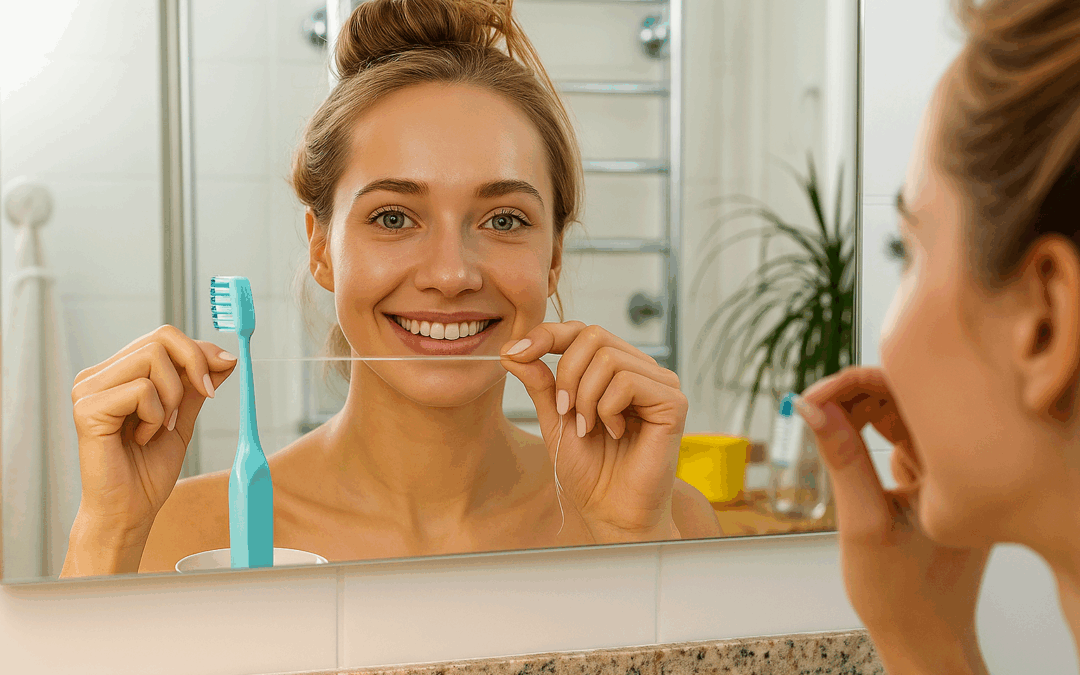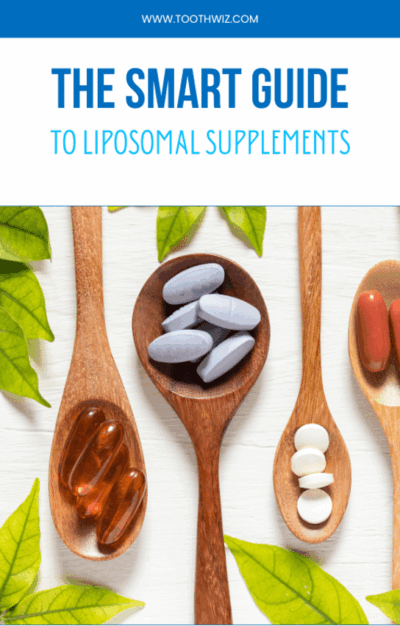Most people know they should brush twice a day, but many still wonder when to floss, how often to do it, and whether it really makes a difference. The truth? Flossing before brushing is every bit as important as brushing itself — and consistency matters more than perfection.
1. Flossing Before Brushing: Do This First
When it comes to flossing before brushing, the sequence truly matters. Flossing first helps loosen food particles, plaque, and bacteria from between teeth and under the gumline. Once those areas are cleared, brushing becomes more effective at sweeping away debris and polishing tooth surfaces.
Think of it like prepping before you paint: you wouldn’t apply a fresh coat until you’ve cleaned the surface underneath. That’s why dentists often recommend flossing first as part of your daily routine.
For timing details, see this article on the best time to brush.
2. Floss Daily — Consistency Beats Frequency
Floss at least once a day — every day. Doing it sporadically doesn’t yield noticeable results. Just as you wouldn’t expect fitness results from exercising once in a while, you can’t expect gum health from flossing only when you remember.
Regular, daily flossing makes a tangible difference. And if you enjoy flossing after meals? Even better. The patients I’ve seen who flossed after every meal consistently had the healthiest gums and the fewest dental issues.
3. Brush Twice a Day — or After Meals When You Can
Most experts agree on brushing twice a day — morning and night — but if you can manage to brush after meals, that’s ideal. Realistically, not everyone can, but try to at least rinse with water after eating if brushing isn’t possible.
Learn more about brushing habits at the American Dental Association.
4. Choose String Floss Whenever Possible
Traditional string floss gives you the best control for wrapping around each tooth and cleaning below the gumline. However, I’d rather see you use floss picks than skip flossing entirely. Some floss picks even use more sustainable or gentle materials — just make sure to avoid floss containing “forever chemicals” (PFAS), which have raised health concerns (NIH source).
5. Master the Proper Flossing Technique
Flossing isn’t just about getting between the teeth — it’s about how you do it. This simple technique helps you get the most benefit:
- Measure about 18 inches of floss. Wrap most of it around your middle fingers, leaving about two inches between your hands.
- Hold the floss taut between your thumbs and forefingers for control.
- Gently guide the floss between two teeth — avoid snapping it down, which can cause “floss cuts.” Start gently to prevent accidental cuts, especially if your gums are still unhealthy.
- Curve the floss into a “C” shape around each tooth, sliding it carefully under the gumline.
- Move up and down along the tooth’s surface to remove plaque and debris.
- Use a clean section of floss for each tooth.
6. Expect Bleeding at First — Then Watch It Stop
Many people get freaked out the first time they notice their gums bleeding after flossing and assume the floss is causing the problem. In reality, healthy gums don’t bleed. The bleeding happens because the gums are inflamed — a sign they need more attention, not less. This is one of the main reasons why flossing before brushing can make such a visible difference: it reaches where your toothbrush can’t.
As you make flossing part of your daily routine, you’ll likely notice less and less bleeding each day. Within one to two weeks, most people see a dramatic improvement.
7. Start After a Professional Cleaning for Best Results
If you have heavy or sub-gingival tartar, it’s important to start your routine after a professional cleaning or scaling and root planing (SRP). No matter how diligently you brush, you can’t remove hardened deposits yourself. Once the area is cleaned, flossing before brushing becomes far more effective — and you’ll notice healthier gums within about two weeks.
Bottom Line
Floss first, brush regularly, and stay consistent. Make flossing before brushing your daily habit. Small daily routines lead to lasting results — in dental health, just like exercise, the payoff comes from showing up every day.
For more on maintaining healthy teeth and gums naturally, check out this guide on oral health and nutrient deficiencies.




